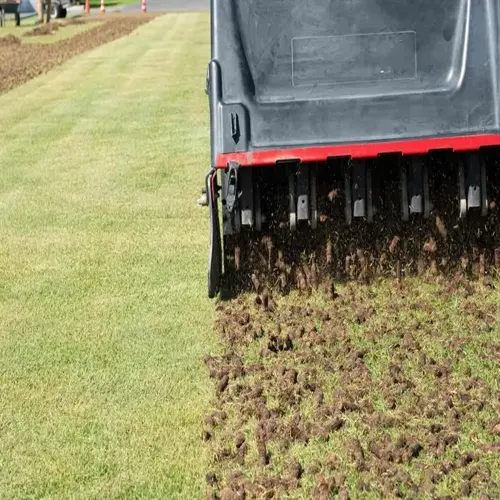Is mulch safe for all fruit trees?

Written by
Benjamin Miller
Reviewed by
Prof. Samuel Fitzgerald, Ph.D.The characteristics of tree species and the conditions surrounding them affect mulch safety. Most fruits benefit from proper mulching, but require that the material be adjusted to suit their specific needs. Given the species' requirements, citrus varieties require pH-neutral material instead of acidic pine. Young saplings need less than mature trees need. Specimens requiring moisture should be supplied with well-draining materials only. Customizing approaches will help your orchard prosper.
Citrus Tree Protocols
- Apply compost instead of acidic pine
- Maintain 7.0 pH range
- Extend mulch beyond drip line
Young Tree Care
- Use thin 1-2 inch layers
- Refresh quarterly during growth
- Avoid heavy materials
Wet Climate Solutions
- Choose coarse bark for drainage
- Apply during dry periods
- Slope mulch away from trunks
Citrus requires pH-neutral soil materials, avoiding pine needles that make the soil acidic. The root structures are happiest at pH levels ideally between 6.0 and 7.0 for optimal nutrient absorption. You should use manure or hardwood chips instead. Always maintain a 6-inch clearance from the trunk. Your orange and lemon will show satisfactory fruit production with these materials.
Young plants need to be gently applied to to make sure they are not suffocated by their roots. Always use fine compost rather than coarse wood chips. The depth should not exceed two inches in thickness. Materials should be renewed every three months during the growing season. This is for the protection of the delicate roots, while also retaining some of the advantages of insulation.
Trees for wet climates need drainage parade materials. The coarse bark nugget mulch is preferable to the moist straw mulch. Slope the mulch away from the trees, since it cannot cause a pool of water afterward. Apply mulch when dry. It will thus prevent those root rot diseases that occur in areas subject to excessive rainfall.
Although all varieties have differences, they all share universal precautions. Trunk clearance should be maintained consistently, and there should be no contact with the vehicle's bark. You should avoid using colored, dyed, or chemically treated products completely. Observe the responsiveness of your trees following the application. Your observations guide you towards the perfect customizations.
Make regional adjustments to ensure the highest level of safety. In Mediterranean orchards, gravel mulches tend to be the most effective in retaining moisture. In temperate regions, they show lower efficacy than wood chips. Accordingly, ensure materials match local climatic patterns. This way, you can feel confident that all trees receive appropriate protection.
Read the full article: Mulching Fruit Trees: Ultimate Guide

